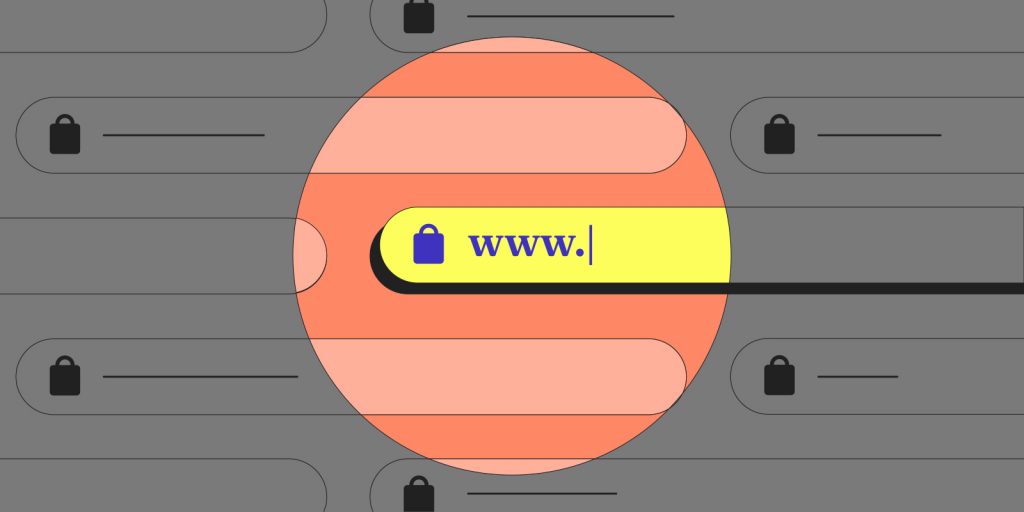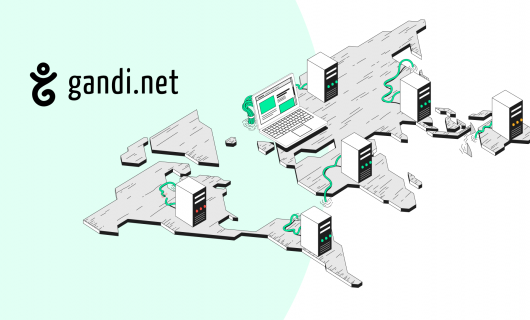The goal of Web Analytics Measure the traffic on your website, the behavior of users, and the performance of your ad campaigns. What does it serve? What does it measure? What tool should you use? In this article, we guide you through analyzing your website.
What are Web Analytics?
The process of analyzing the behavior of a website’s visitors is Web Analytics. This practice consists in collecting, measuring, and analyzing data coming from a website in order to understand a website’s performance to know which digital marketing strategies to implement and what their impact will be on the website’s traffic.
Web Analytics uses various Key Performance Indicators (KPIs) to study your website’s audience and their behaviors and habits in depth. With Web Analytics, a website’s administrator can, in particular, learn which searches bring users to your webpages, the way they navigate on your site, when they leave, etc.
Why is Web Analytics important?
Analyzing your website makes it possible to answer some essential questions, like: who are my customers? How do they land on my website? What are they looking for on my website? What content interests them? Answering these questions makes it possible for you to better know your users and their behavior and thereby determine how well your website performs. It’s thanks to this analysis that you will be able to determine which aspects of your website need improvement. Web Analytics makes it possible for you to optimize your website’s performance in the long term, but also to meet certain short term objectives, such as:
- Increase your average monthly visitors
- Increase your rate of conversion
- Build customer loyalty
- Improve the user experience of your website
- Monitor the success of your ad campaigns
Which performace indicators (KPIs) are used with Web Analytics?
To help you improve your website’s performance, Web Analytics use a wide variety of Key Performance Indicators. Here are the main KPIs to know and use in analyzing your website data:
- The number of visits: how many people are coming to your website?
- The average visit length: how long do they stay?
- The percentage of new visits: are you attracting new visitors are the same ones multiple times?
- The most viewed pages: what content on your website is most popular?
- Conversion rate: are visitors doing a particular action on your site (purchase? filling out a form? downloading a white paper? etc.)
- Bounce rate: are there many visitors who leave your site again quickly without doing anything?
- Origin of visitors: how did users arrive on your site? (search engines, social networks, etc.)
These few indicators measure precise data and help you understand your users’ behavior. This is only a small number of the available indicators using Web Analytics tools, but these are the most commonly used. Analyzing these data make it possible for you to know which aspects of your site are interesting to users, which should be highlighted, and which could be improved. Of course, it’s important to undertake regular analyses in order to measure the development of your website’s performance, the results of changes that you’ve made, or the success of your publicity campaigns.
The best Web Analytics tools
A number of Web Analytics tools exist, and each one has its advantages and disadvantages. The most widely used by far is Google Analytics. This tool’s popularity is due in part to being free to use, easy to install, and from the fact that it comes from Google. High performing and easy to use, Google Analytics is a pragmatic choice for beginners. However, Google Analytics doesn’t meet European data privacy and protection standards according to CNIL (the French commission on freedom and the internet).
The are Web Analytics tools that are just as powerful that meet data privacy and protection standards.
AT Internet
AT Internet is a very good alternative to Google Analytics. This tool enables you to get reliable data and analysis on the performance of your website. Additionally, AT Internet is in compliance with CNIL, GDPR, and other data privacy regulations with regards to data protection. One of the leaders in the French market, AT Internet offers advanced, real-time analysis features. Its only real drawback is the price. Using AT Internet costs around $350 per month. That makes AT Internet best suited for large businesses.
Matomo
Another excellent Google Analytics alternative is Matamo. Not only is this tool French, but it’s also recommended by CNIL. Matamo (which means “honesty” in Japanese) is fundamentally committed to its users data privacy. This ethical Web Analytics tool is what Gandi uses, as well as NASA, and the United Nations. Matamo is an easy-to-use, open-source tool with many features that make it possible for you to analyze and rigorously measure your website’s performance. As far as pricing goes, Matamo has a free and paid version, which makes it possible for you to do advanced analysis starting around $20 per month.
Conclusion
To sum it all up, selecting a Web Analytics solution is essential. Monitoring your website’s performance is a crucial step in order to improve its profitability. Whether that consists of measuring your ad campaigns or the behaviors of your users on your site, these ata are essential for optimizing your website and its performance. Choose your Web Analytics tool wisely as well as the data that you want to analyze, and you’ll be able to adjust your digital marketing strategies and boost your website.
Choose the website hosting solution that best meets your needs and easily install Matamo on your website at Gandi. If you have any questions, our Customer care experts are here to guide you, just fill out this contact form.
Tagged in SEO



